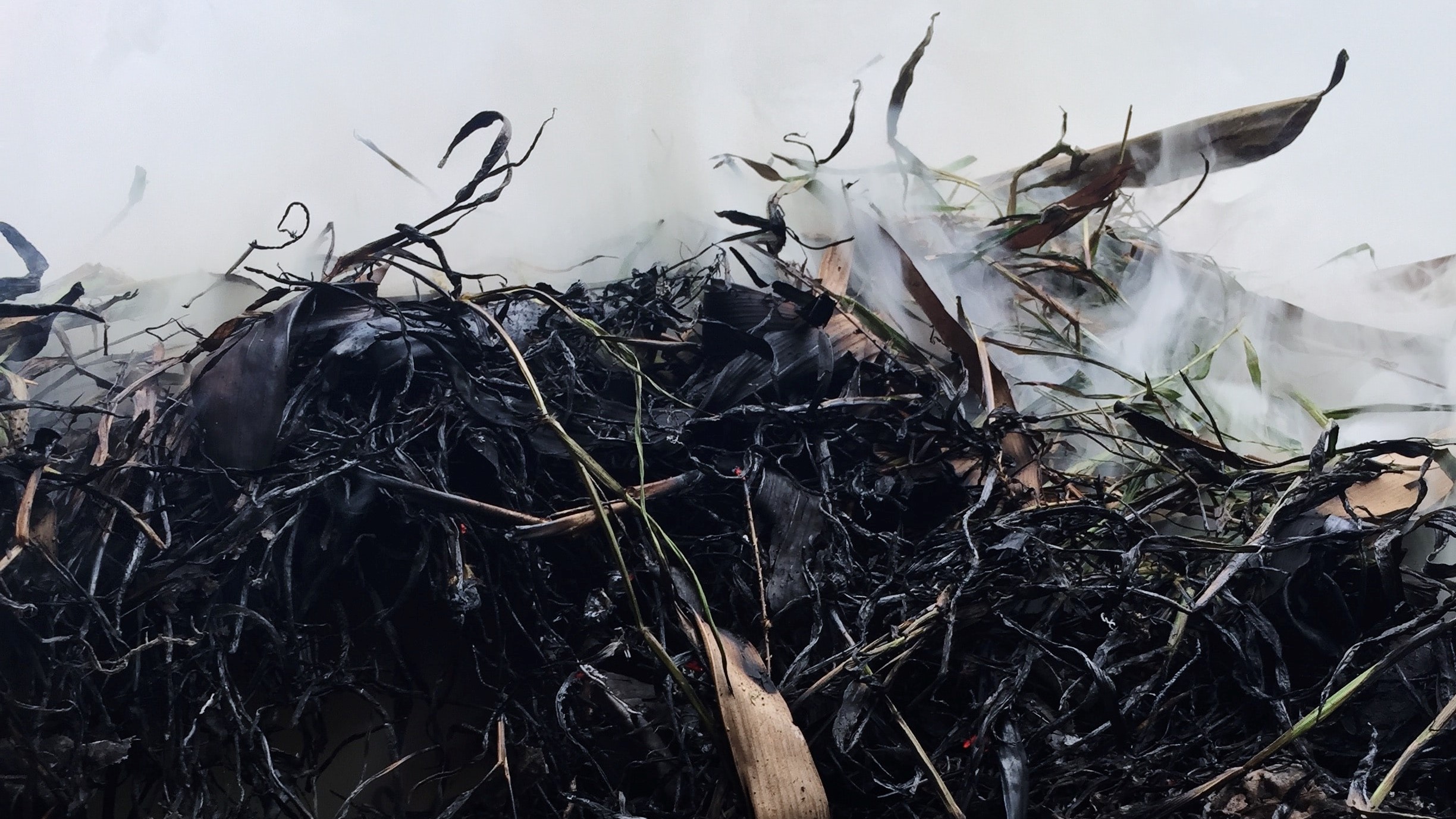My first forays into composting were utter disasters. Not simply failures, disasters. The first was in a plastic bin and quickly became overrun with fruit flies before I tossed the whole lot out a month later (following barely any decomposition). The second was in an open pile and grew mold before I tossed it out following… barely any decomposition after two full months.
After finally getting sick of wasting my time with poorly-managed compost bins, I dug in and learned that my primary (but certainly not only) issue was one of mass. While my compost bins were moist and contained a reasonable mix of greens and browns, they were too small to ever heat up. I’d conflated the process of cold composting with the timeline expectations of hot composting.
So save yourself the frustration and start from the get-go with a compost pile with sufficient mass!
What is the minimum pile size for hot composting?
The minimum size for a hot composting bin is 27 ft. cubic. In other words, a cube measuring 3’ ft. x 3’ft. x 3’ ft. Or 1 cubic yard!
An extra foot of width and depth (4’ x 4’ x 3’) will work even better. And although even larger than that can be effective, the size becomes unwieldy to turn frequently.
Why is hot composting superior to cold composting?
If you’re not sold on having such a large compost pile, know that hot composting has a number of advantages over cold composting. Most importantly, it produces usable compost in weeks or months instead of a year. It may also do a better job controlling weed seeds and insects.
Other factors for a successful hot compost pile
1. Moisture
The pile must be moist enough to sustain decomposition but not wet enough to create anaerobic
2. Aeration
The pile must be turned frequently enough to provide the microorganisms with the air they need.
3. Heat loss through the top
Place a cover over the top of the pile to reduce heat loss and speed decomposition
4. Carbon to Nitrogen ratio
Behind sufficient mass, getting the right ratio between greens and browns is the easiest thing to mess up. Shoot for 2 parts carbon to 1 part nitrogen in your mix.
5. Frequency of turning
The speed of decomposition is directly tied to how often you turn the pile.
6. Adding additional materials
Remember that adding additional kitchen scraps to your pile will extend the timeline until the original materials have composted and cooled. Which is why I like to keep both a hot compost pile and a worm bin that can eat (most) of my kitchen scraps after the hot composting has started.
